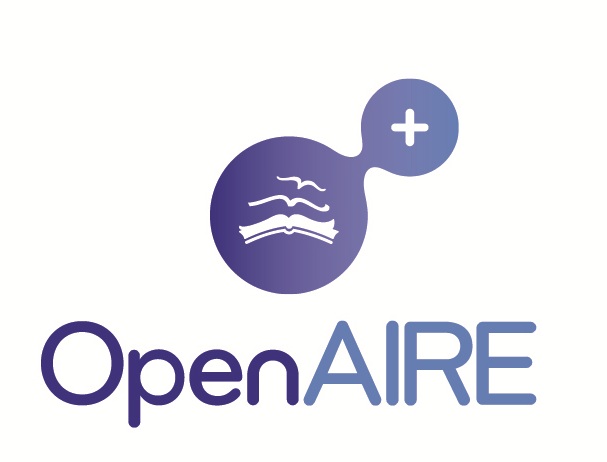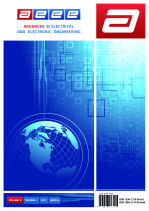Electronically and Independently Controllable Quadrature Sinusoidal Oscillator with Low Output Impedances
Adisorn Kwawsibsam, Danupat Duangmalai, Sittisak Yeeyoun, Winai Jaikla
DOI: 10.15598/aeee.v20i3.4513
Abstract
This work presents the quadrature sinusoidal oscillator using two Voltage Differencing-Differential Input Buffered Amplifiers (VD-DIBAs), two resistors, and two capacitors. The VD-DIBA is an electronically controllable active building block with high input and low output impedances that can connect to other circuits directly without the buffers. With these distinguished features, the VD-DIBA is employed in this design. The proposed oscillator can produce two sine waves with a phase shift of 90 degrees. Over the entire tuning frequency range, the magnitude of the quadrature output voltages is constant. The proposed oscillator is independently adjustable in terms of frequency and oscillation condition. Moreover, the frequency of oscillation can be electronically and linearly adjusted by the bias currents. The condition of oscillation is adjustable by resistors, R_1 and R_2. The performances of the proposed quadrature oscillator are tested through the PSpice simulation and the experiment. In the simulation, the VD-DIBA is built from the 0.18um Taiwan Semiconductor Manufacturing Company (TSMC) CMOS process with +-0.9V supply voltages. In the experiment, the VD-DIBA is implemented using the commercial ICs, LM13700, and AD830 with +-5V supply voltages. The simulated Total Harmonic Distortion (THD) values of the output voltages, V_o1 and V_o2 at f_0 = 1.03MHz are 1.63% and 1.81%, respectively. The experimental THD values of the output voltages, V_o1 and V_o2 at f_0 = 536.6kHz, are 1.43% and 1.00%, respectively.






















